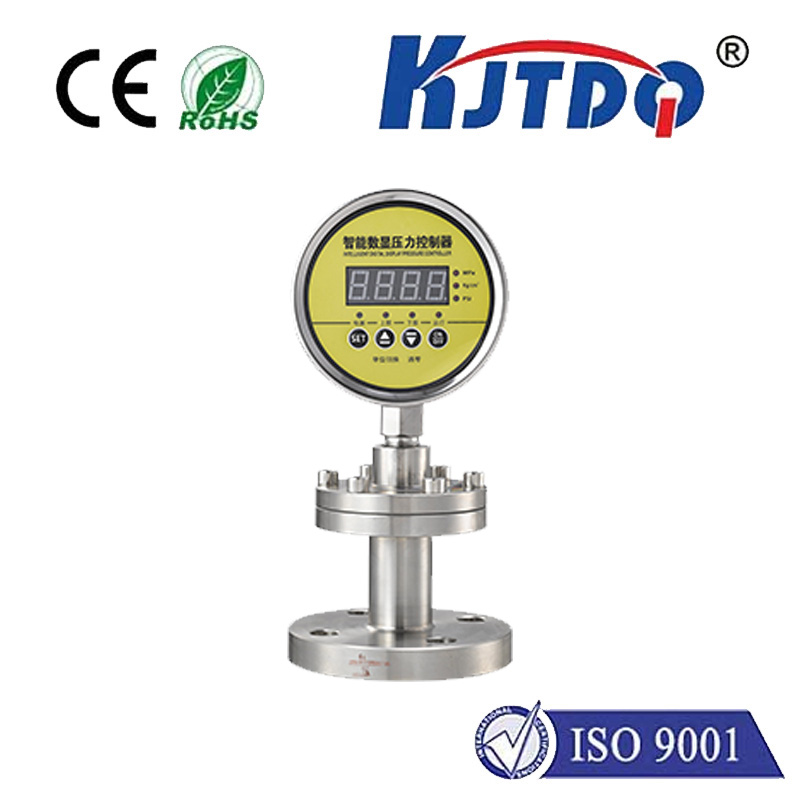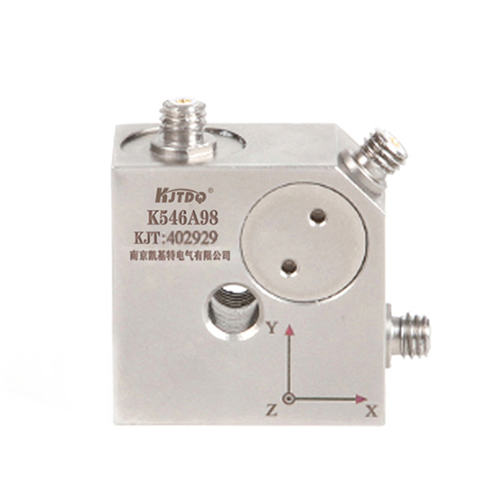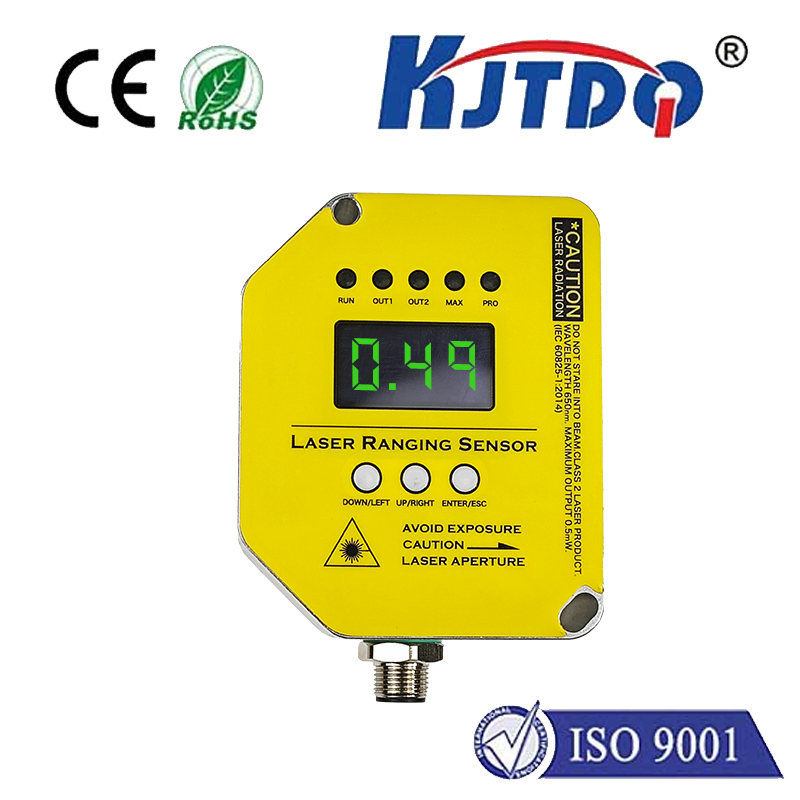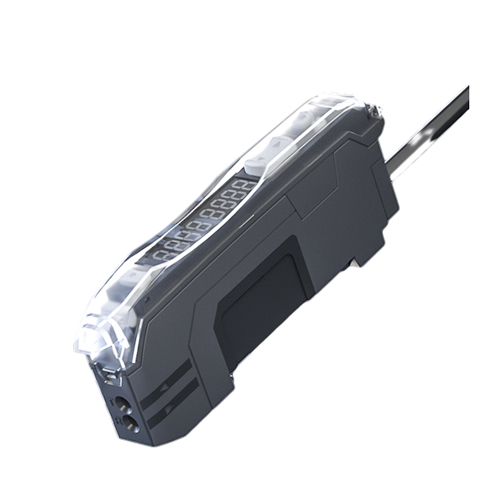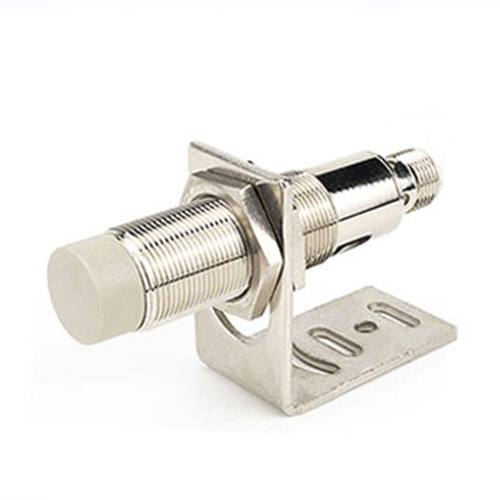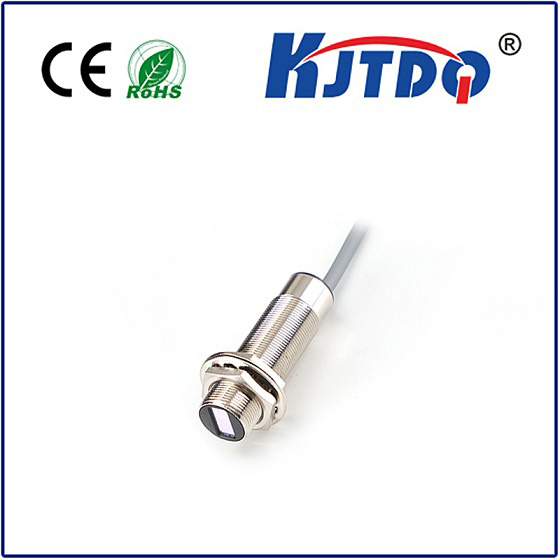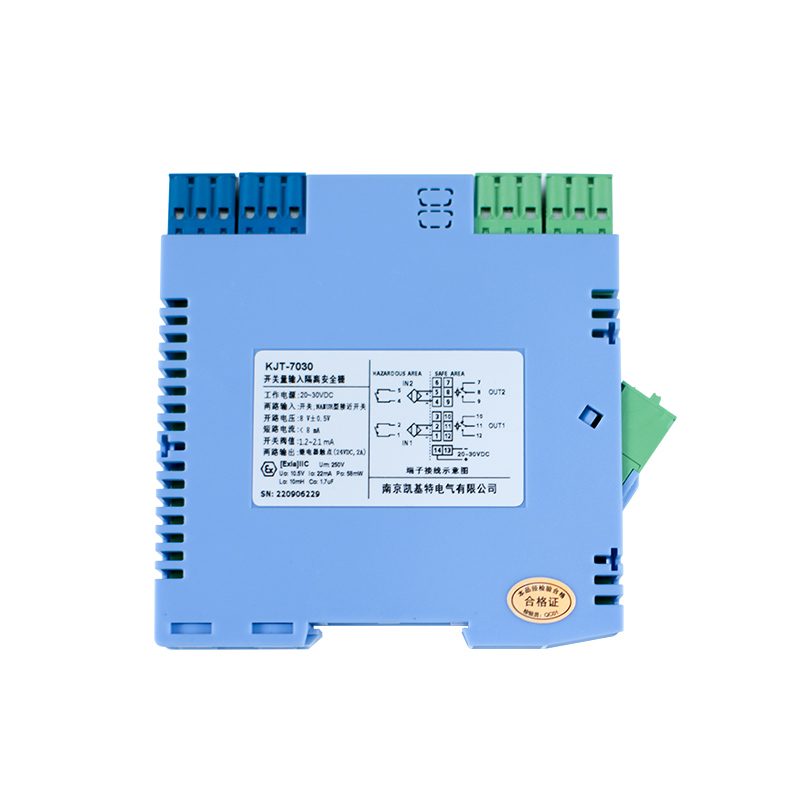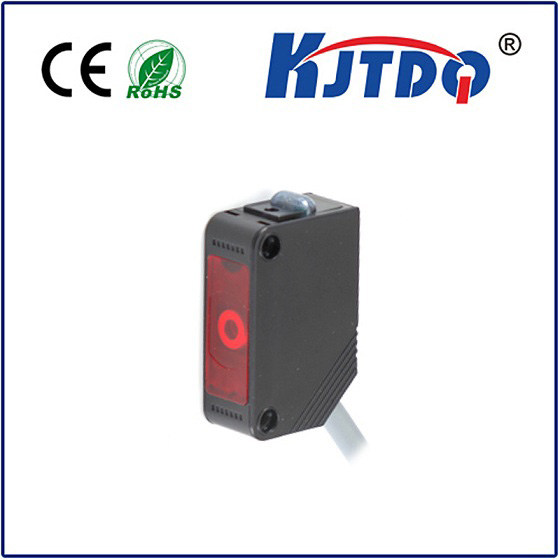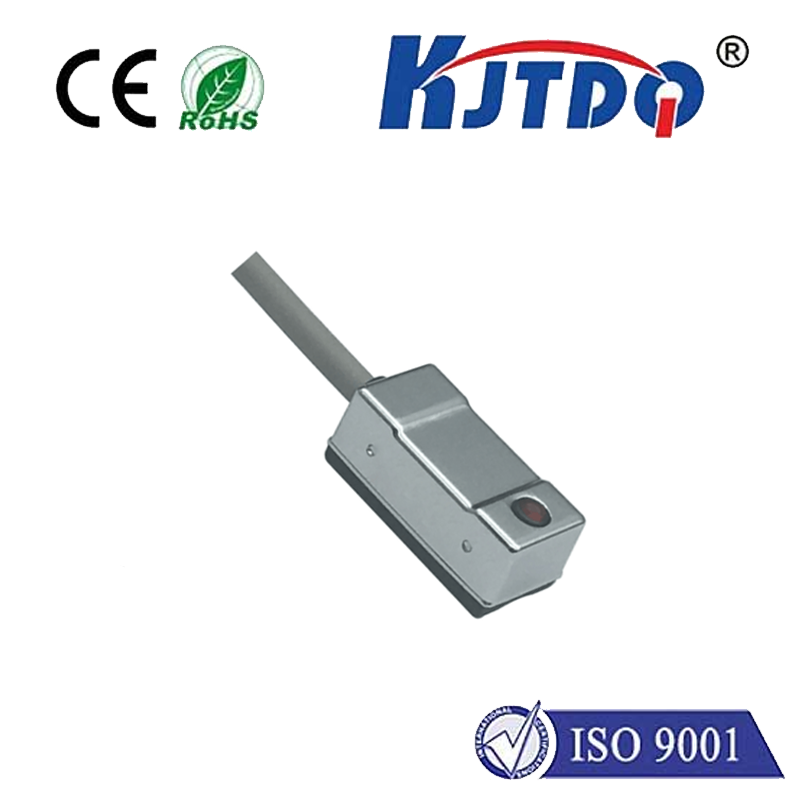

check

check

check

check

check

check

check

check

check

check
Understanding the Importance of Water Level Limit Switches
Water level limit switches are essential components in various industrial and domestic applications. They play a crucial role in controlling the flow of water by detecting the water level in tanks, sumps, and other liquid containers. In this article, we will explore the importance of water level limit switches and their benefits.
Firstly, let's define what a water level limit switch is. A water level limit switch is a device that monitors the water level in a container and sends signals to an external system when the water reaches a certain point. This signal can be used to trigger actions such as turning on pumps or closing valves to prevent overflow or underflow conditions.

One of the primary benefits of using a water level limit switch is its ability to prevent damage caused by excessive water levels. By monitoring the water level continuously, these switches can detect any sudden changes or fluctuations in the water level, allowing for timely intervention before any damage occurs. For example, if the water level rises too high, the switch can trigger an alarm or shut off the pump to prevent overflow.
Another advantage of using a water level limit switch is its accuracy and reliability. These switches are designed to provide consistent and accurate readings of the water level, ensuring that the correct actions are taken based on the current water level. They can also be adjusted to suit different requirements, making them versatile for use in various industries and applications.
Furthermore, water level limit switches are easy to install and maintain. They typically require minimal maintenance and can be easily integrated into existing systems without significant modifications. This makes them cost-effective solutions for businesses looking to improve their water management processes.
In addition to preventing damage and providing accurate readings, water level limit switches also offer improved safety and efficiency. By preventing overflow or underflow conditions, they help reduce the risk of accidents and ensure that water is used more efficiently. This not only saves resources but also helps reduce energy consumption and costs associated with waste disposal.
Finally, it is important to note that there are various types of water level limit switches available, each with unique features tailored to specific applications. Some common types include float switches, ultrasonic switches, and pressure switches. It is essential to choose the right type of switch based on the application requirements to ensure optimal performance and longevity.
In conclusion, water level limit switches play a vital role in controlling the flow of water in various industries and applications. They offer numerous benefits, including preventing damage caused by excessive water levels, providing accurate readings, being easy to install and maintain, improving safety and efficiency, and reducing resource consumption. By understanding the importance of these switches and choosing the right type for your application, you can ensure effective water management and protection against potential issues.
